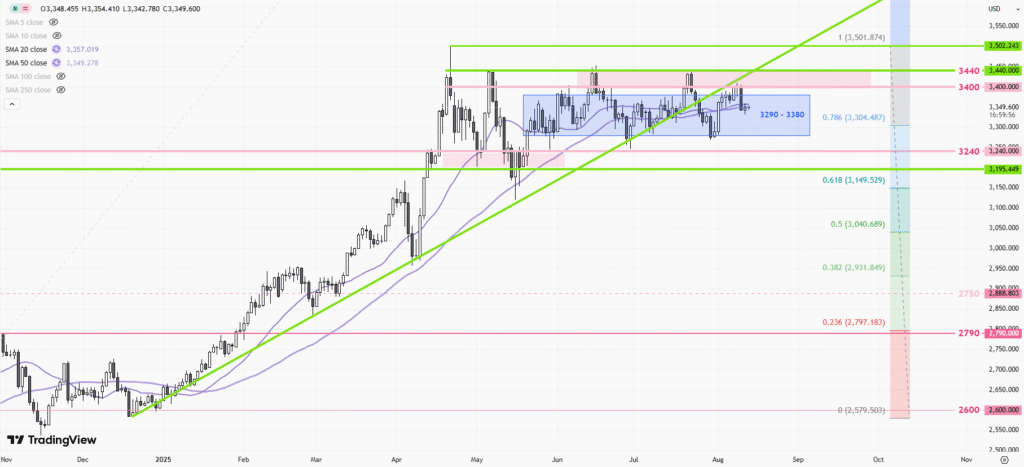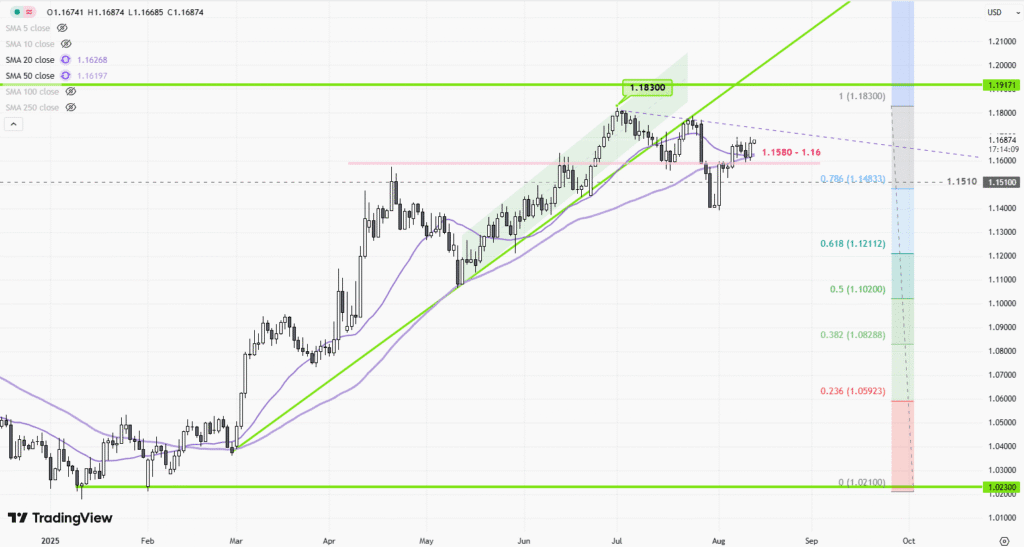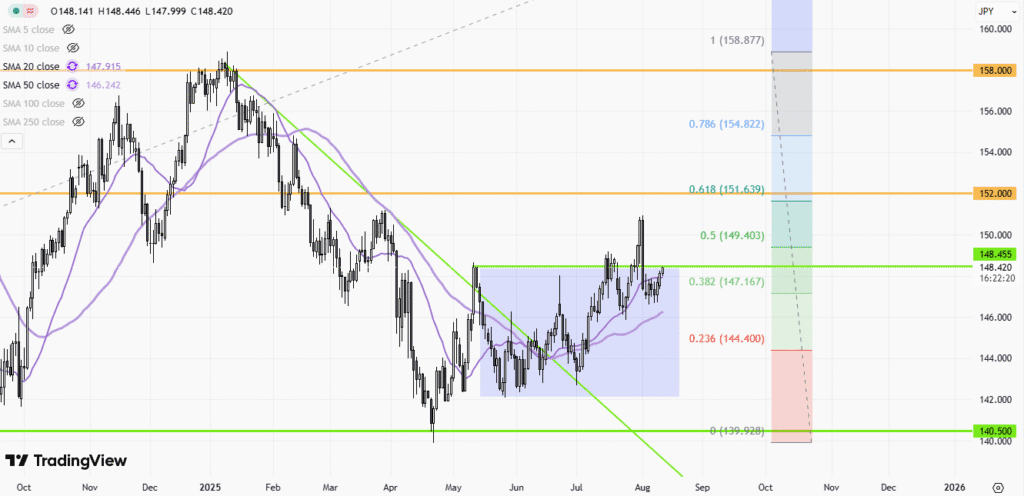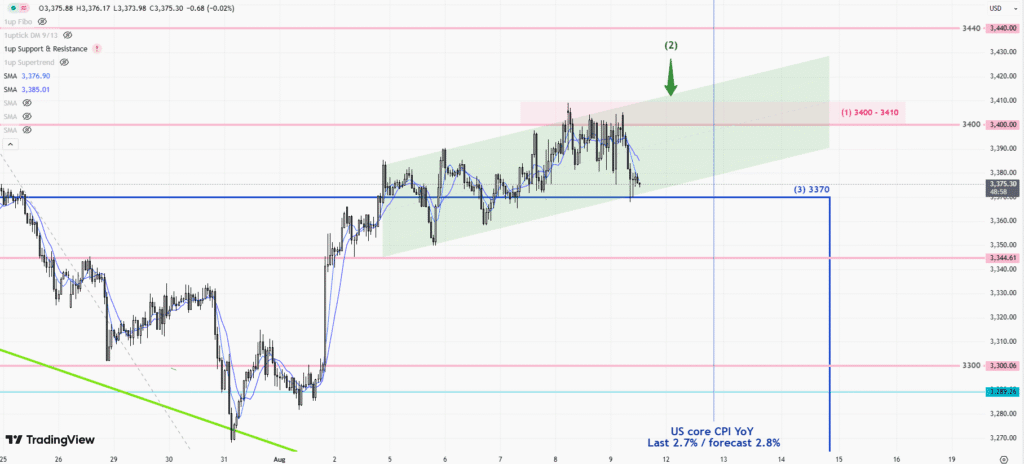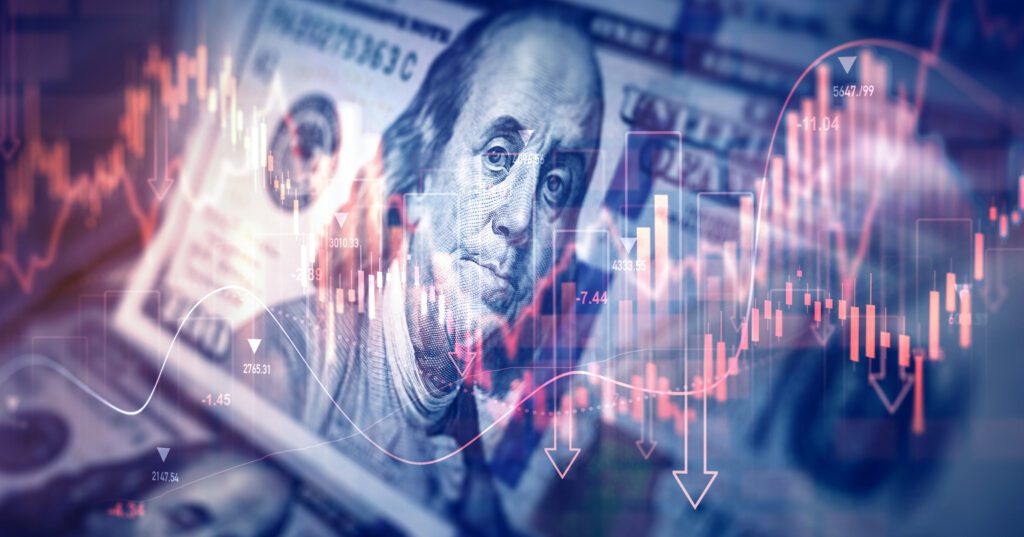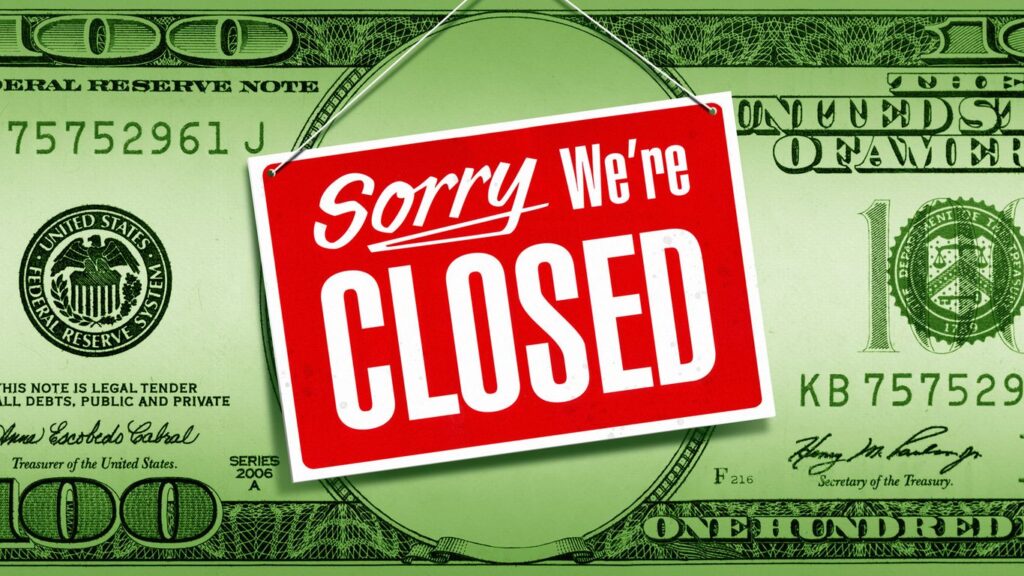 |
| Gold V.1.3.1 signal Telegram Channel (English) |
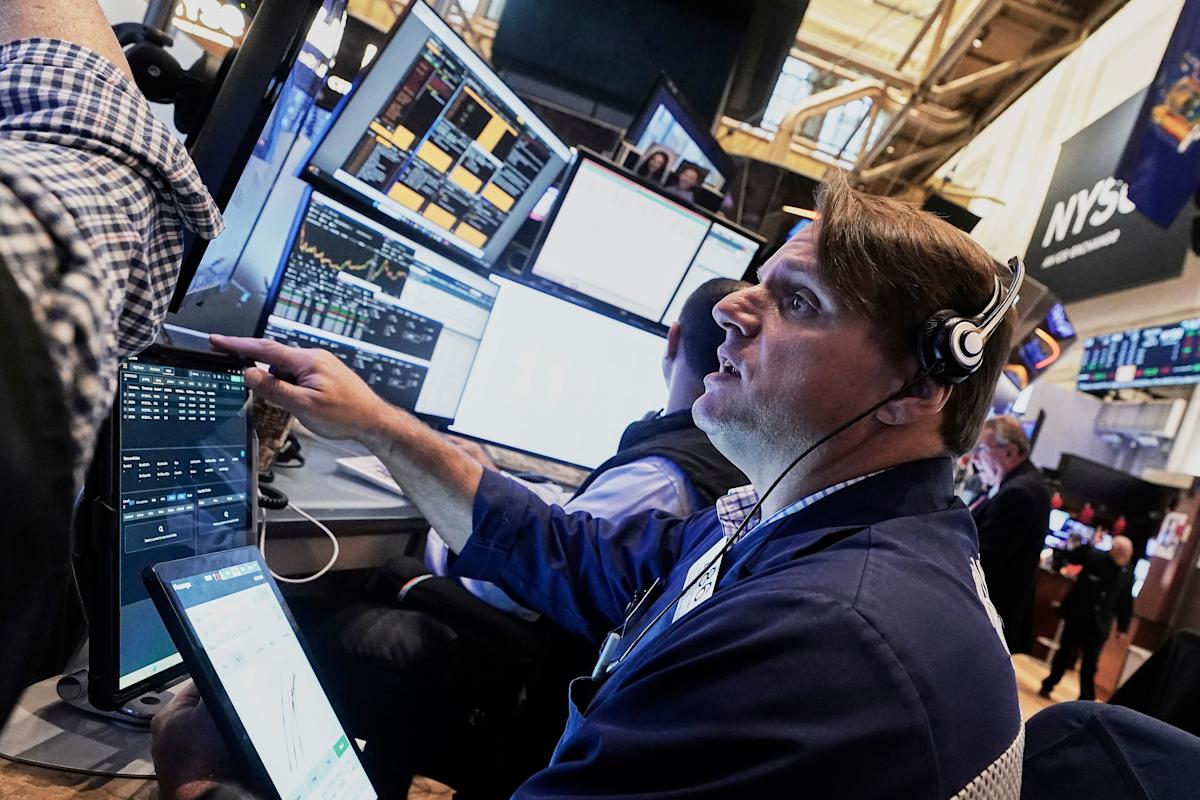
Stock Market Surprises Summer 2025: Why Volatility Has Returned and What Investors Should Know
2025-08-17 @ 22:00
This summer, the stock market has delivered several surprises, jolting both investors and analysts out of the complacency that had settled in earlier this year. While a strong start in 2025 created optimism, recent months have seen an abrupt shift in sentiment. Let’s explore what’s behind these sudden moves, why volatility has returned, and what investors might expect as we navigate the remainder of the year.
A False Sense of Calm
For much of the first half of the year, the markets appeared resilient. Major indexes saw steady gains, buoyed by the impressive performance of a handful of megacap tech stocks. Companies like Apple, Microsoft, and Nvidia propelled the S&P 500 steadily higher, overshadowing underlying risks and leaving some investors to believe the so-called “everything rally” would continue without pause.
Yet, beneath the headline numbers, cracks were emerging. Inflation, although easing from last year’s highs, remained persistent. The Federal Reserve maintained its cautious tone, signaling that any shift in interest rate policy would be slow and data-dependent. Against this backdrop, the market’s calm began to look increasingly fragile.
The Return of Volatility
The calm broke this summer as a series of events converged to unsettle markets. Bond yields began to rise sharply. The yield on the two-year Treasury note jumped above 4.5%, while the 10-year approached 3.75%. These moves signaled a market beginning to doubt that rate hikes were finished, even as economic data remained mixed. Rising yields put renewed pressure on high-growth stocks and fueled a sell-off across riskier market sectors.
The surge in yields was driven by a variety of factors. First, the Treasury Department announced plans to increase the size of upcoming bond sales. This move, designed to fund ongoing government spending, meant more debt hitting the market, pushing yields higher and putting downward pressure on bond prices. At the same time, sticky inflation and worries about the effectiveness of future Federal Reserve cuts fueled uncertainty and prompted investors to demand higher returns for holding bonds.
Economic Data Sends Mixed Signals
The economic backdrop added to investor confusion. On one hand, the labor market showed surprising resilience, with job creation outpacing expectations in several reports. On the other, signs of slowing growth emerged. Home purchases, for example, sank near 30-year lows as high mortgage rates sidelined many would-be buyers. The diverging signals made it harder for investors to decipher whether the economy was headed for a “soft landing” or something rockier.
Add to this concerns about persistent inflation in services and new evidence of price pressures from commodities, particularly as oil climbed higher during the summer. While consumer spending held up, many analysts began to worry that U.S. households could soon start feeling the pinch, tamping down economic momentum just as the Federal Reserve remained committed to its battle with inflation.
Regulatory Uncertainty and International Tensions
As if economic and rate-setter anxiety weren’t enough, investors were also hit by an uptick in regulatory actions and headlines from abroad. The Securities and Exchange Commission intensified its crackdown on cryptocurrency exchanges, bringing lawsuits against industry giants like Coinbase and Binance. This heightened regulatory scrutiny fueled jitters in broader markets, particularly among investors already wary of riskier asset classes.
Additionally, international developments contributed to the unease. Concerns about China’s economic slowdown surfaced, as data showed weak exports and sluggish growth. Meanwhile, geopolitical uncertainties, including the ongoing war in Ukraine and rising trade tensions, added another layer of instability to global markets.
Positioning and the “Pain Trade”
One of the more technical reasons for recent volatility is the so-called “pain trade.” Throughout the spring and early summer, many hedge funds and institutional investors had bet against the rally, maintaining significant short positions in major market indices. As equities continued to climb, these investors were forced to cover their shorts, contributing to sharp upward moves.
However, as the rally broadened and dwarfed by bullish sentiment, the risk shifted: with short positions largely covered, the market became vulnerable to the opposite move if new catalysts for selling emerged. The result has been wild swings as investors reposition in response to shifting winds, magnifying both rallies and sell-offs.
What’s Next for Investors?
Looking forward, uncertainty remains high. The key variables—Federal Reserve interest rate decisions, inflation trends, economic data, and global events—still have the power to move markets dramatically. For investors, this environment means staying focused on fundamentals, diversifying portfolios, and being prepared for continued surprises.
The lesson from this summer is clear: even in strong markets, shocks can—and do—arrive swiftly. As autumn approaches, vigilance and flexibility will be an investor’s best allies for navigating whatever comes next.


